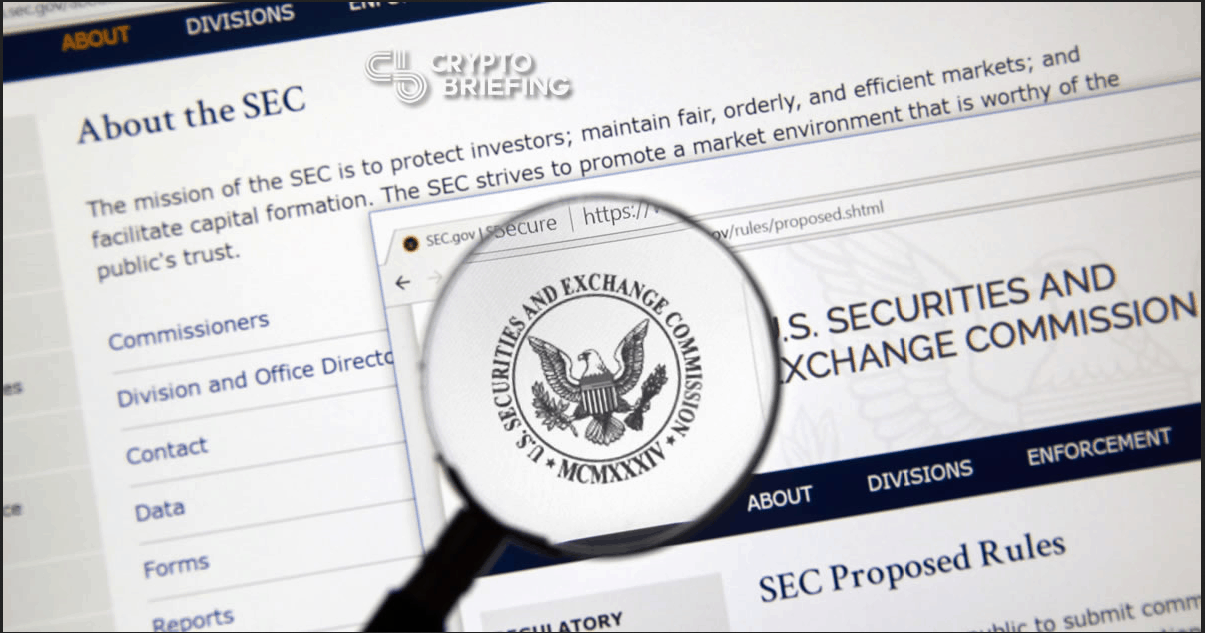“Stunning”, “arbitrary”, “unjustifiied” … “questionable”: these are some of the words individual shareowners are using to describe the SEC handling of six corporations’ requests to be allowed to exclude the USPX model proxy access proposal from their 2012 proxy materials. This week, the Commission’s staff approved every one of those requests.
Corporate executives routinely solicit SEC staff no-action letters indicating staff will recommend no enforcement action should a company exclude a proposal from its proxy materials. Grounds for excluding proposals are spelled out in Rule 14a-8(i)(9) and include cases where proposals might violate state law, address personal grievances, relate to routine business decisions, etc. Corporations’ in-house counsel often draft no-action requests. If executives really want to block a proposal, they spend shareowner money on outside law firms to write the requests. In response to the USPX model proxy access proposal, executives went all-out, hiring outside law firms to draft lengthy no-action requests floating numerous possible reasons for exclusion.
The high-priced law firm Gibson Dunn wrote an October 23, 2011 no-action request for Textron (TXT) proposing that the USPX model proposal, which shareowner Kenneth Steiner had submitted to the company, might be excluded because it dealt “with matters relating to the Company’s ordinary business”; was actually multiple proposals posing as one; was “impermissibly vague and indefinite so as to be inherently misleading”; and was “beyond the Company’s power to implement.” The letter goes on for 19 pages, not including 18 pages of exhibits. Gibson Dunn recycled essentially the same letter for another client, Bank of America (BAC). The law firm Stinson Morrison Hecker wrote a staggering 27 page letter for their client, Sprint (S), arguing that the USPX model proposal would violate Kansas law, was “impermissibly vague and indefinite so as to be inherently misleading”; was beyond the Company’s power to implement; and dealt “with matters relating to the Company’s ordinary business.”
Law firms take a “throw things at the wall and see what sticks” approach to the no-action process. No argument seems too far fetched. The corporations are footing the legal bills, and, who knows, Commission staff only have to accept one contrived argument for a proposal to be excluded—might as well offer them plenty to choose from. With corporations recycling each others’ arguments, it turns out that Commission staff only had to accept two arguments in order to allow exclusion of every single contested submission of the USPX model proxy access proposal.
The first of those arguments—among those raised by Textron, Bank of America and Goldman Sachs (GS)—was that the USPX model proxy access proposal was actually two proposals disguised as one! The proposal’s item 6 provided a common-sense safeguard against executives exploiting proxy access as a means of enriching themselves:
Any election resulting in a majority of board seats being filled by individuals nominated by the board and/or by parties nominating under these provisions shall be considered to not be a change in control by the Company, its board and officers.
In the past, the Commission allowed shareowners to submit as many proposals to a corporation as they liked. In 1976, they limited shareowners to two proposals a year, which they further reduced to one a year in 1983. Common sense would suggest that a single proposal would be whatever a shareowner submitted for a single up or down vote, but it has been many decades since anyone accused the SEC of having common sense. No. The Commission’s lawyer-bureaucrats set themselves the task of deciphering shareowner proposals to see if, in their opinion, they address multiple issues. Rarely is this clear, so decisions tend to be … nuanced. Commission staff didn’t have to decide against shareowners on this one, but they did. It doesn’t mean anything—just lawyers mentally masturbating—but the consequences are real. Shareowners of Textron, Bank of America and Goldman Sachs almost had a chance to vote on proxy access this year, but Commission staff decided otherwise.
The second argument Commission staff accepted—among those advanced by Sprint, MEMC Electronic Materials (WFR) and Chiquita (CQB)—was that, because the proposal cited the Commission’s own Rule 14a-8, it was impermissibly vague or misleading. Specifically, Commission staff noted that the USPX model proxy access proposal asked that companies’ proxy materials
… include the director nominees of shareholders who satisfy the “SEC Rule 14a-8(b) eligibility requirements.” The proposal, however, does not describe the specific eligibility requirements. In our view, the specific eligibility requirements represent a central aspect of the proposal. While we recognize that some shareholders voting on the proposal may be familiar with the eligibility requirements of rule 14a-8(b), many other shareholders may not be familiar with the requirements and would not be able to determine the requirements based on the language of the proposal. As such, neither shareholders nor [the Company] would be able to determine with any reasonable certainty exactly what actions or measures the proposal requires.
The SEC’s own Rule 14a-8(b) is easily accessible with a web search. It explains in a half page of plain English what the eligibility requirements are, so how does Commission staff conclude that “neither shareholders nor [the Company] would be able to determine with any reasonable certainty exactly what actions or measures the proposal requires”???
The SEC is a giant revolving door for lawyers. Almost the entire senior staff is lawyers who work at the Commission for a few years and can then look around for high-paying jobs at law firms. Recently, one such departure was Greg Belliston, who left the Commission for—where else!—Gibson Dunn.
In commenting on Commission staff’s treatment of the USPX model proposal, the CorporateCounsel. net Blog offers shareowners some comfort:
As is usually the case with the type of exclusions that we see here … the proponents will no doubt get smarter next year and try to correct the language which led to exclusion this year, so the landscape might be quite different in 2013.
Actually, shareowners won’t be waiting for 2013. USPX members are already redrafting the USPX model proxy access proposal. Expect new submissions in the next few weeks.

